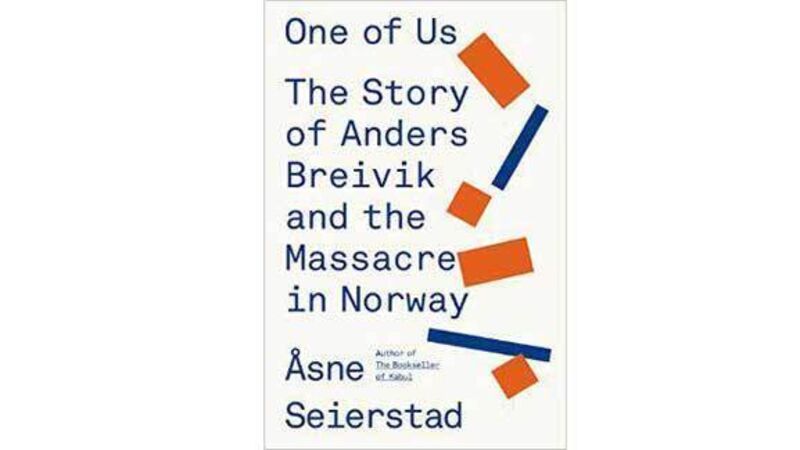Sat, 12 Mar, 2016 - 00:00
Eoghan O’Sulllivan
Asne Seierstad
Virago, £8.99
Already a subscriber? Sign in
You have reached your article limit.
Subscribe to access all of the Irish Examiner.
Annual €130 €80
Best value
Monthly €12€6 / month
Introductory offers for new customers. Annual billed once for first year. Renews at €130. Monthly initial discount (first 3 months) billed monthly, then €12 a month. Ts&Cs apply.
CONNECT WITH US TODAY
Be the first to know the latest news and updates
CourtsArts Film & TVBooksBook reviewThe Story of Anders Breivik and the Massacre in NorwayAnders BreivikPlace: EuropePlace: NorwayPlace: OsloPlace: UtoyaPlace: Middle EastPlace: IraqPerson: BreivikPerson: EoghanPerson: SulllivanPerson: Asne Seierstad
ViragoPerson: Anders Behring BreivikPerson: Asne SeierstadPerson: SimonPerson: AndersPerson: ViljarPerson: BanoPerson: LaraPerson: UtoyaPerson: Simon SaeboPerson: JFKPerson: Barack ObamaPerson: MargrethePerson: Truman CapotePerson: Sarah DeathPerson: SeierstadPerson: FjordmanEvent: EurovisionOrganisation: Labour PartyOrganisation: AUFOrganisation: Progress Party












